To help you own a unique hoodie here is a complete guide of trims for labeling and decorating that you might find meaningful in hoodie design. The choice of body fabric in the design of a hoodie has a decisive role in the overall texture of the garment, but the choice of trims and accessories also plays the role of the finishing touch. What clothing trims will be involved in the design of a hoodie design? The following article will list the types of trims you can refer to.
Labels
Clothing labels, both woven and printed, can be used on any type of garment and are either printed or woven with brand logos or printed with wash instructions and other product-related information.
Main label
Although the main label is not required by law, how could you pass up the best opportunity to showcase your brand and increase brand exposure? The main labels are usually printed with the clothing brand, so your brand is visible when the hoodies are hanging on a shop rack or in a consumer’s wardrobe. The main label is primarily attached to the inside of the garment at the back neck’s center. Its design should be consistent with the overall brand image of the hoodie brand.
Care label
Hoodie sizes, care instructions, fabrics, and even manufacturers can be printed on care labels. Care labels are generally sewn at the side seam approximately above the bottom hem, where they will come into direct contact with the skin. So it is critical to prioritize the label material. Satin care labels are the best option for any close-to-the-skin labels. To ensure that the lettering is clear on a limited amount of fabric, printed labels are often the first choice for care labels.
Hem tag
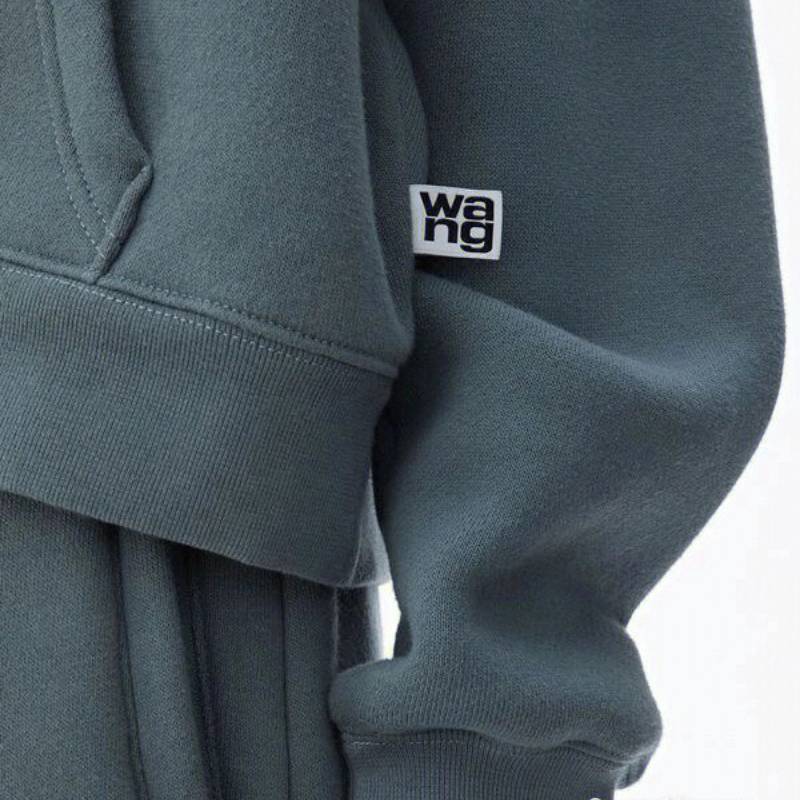
Using too many decorative accessories on fashionable commuter-style hoodies is not recommended. This is where hem tags come in handy. Hem tags in a book fold are frequently sewn on the hoodie’s hip or in the pocket position. Hem tags are typically small and cannot hold as much detail as care labels, so a strong brand logo is all you need.
Metal tag
Consumers wear sweatshirts for comfort and freedom, so the design of metal tags should not be too big. It’s a good idea to pick a small but delicate metal label and sew it on the chest. You can add details to your hoodies and show your brand, so why not?
Embroidered patch
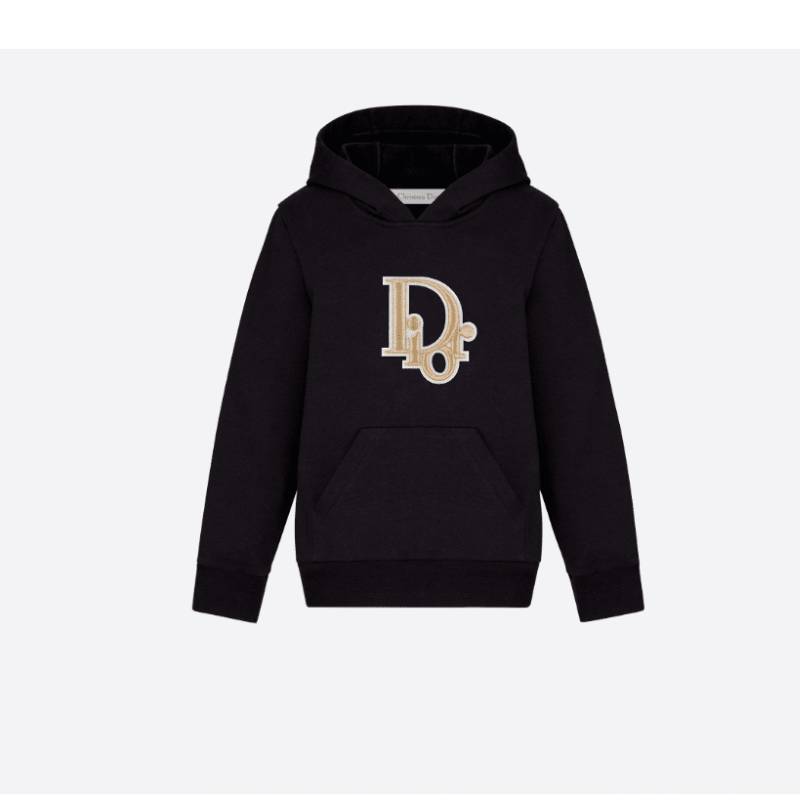
Sweatshirts in the trendy style are more visually appealing, so they are frequently paired with larger ornaments or logos. Embroidered patches can be sewn on the hoodie’s left chest, shoulder, or sleeve. Especially for the 3D embroidered patches, adding a layer of EVA foam under the stitching gives the patch a raised and 3D look, making your fashion sweatshirt more eye-catching.
Cord and Tapes
cord and tapes in a hoodie including hoodie drawstrings, cotton tape, or elastic cord are used for fastening.
Hoodie drawstring
Drawstrings don’t always add style and sophistication to a sweatshirt, but a good hoodie cord makes it look effortless and casual. It is placed inside a narrow fabric casing. This area will circle around the face when the hood is up. The most common hoodie drawstrings are strings, cords, or ropes. Materials include cotton, nylon, canvas, etc.
Garment tape
The bold use of a large patch of tape is common in fashion hoodies. These branded tapes are often placed on the front, back, or sleeves to highlight the brand and show off a strong personal identity.
Elastic cord
In the hood or hem of a hoodie, an elastic cord is sometimes used. This cord adds stretch to the fabric while also allowing it to fit comfortably against the skin. Similarly, the stretch cord can be used to enhance the appearance of hoodies.
Buckles
Hoodie buckles are used to secure two loose ends together. There are eyelets, cord locks, and aglets. A good hoodie never overlooks a detail. It is these small clothing accessories that help your hoodies stand out from the crowd.
Eyelet
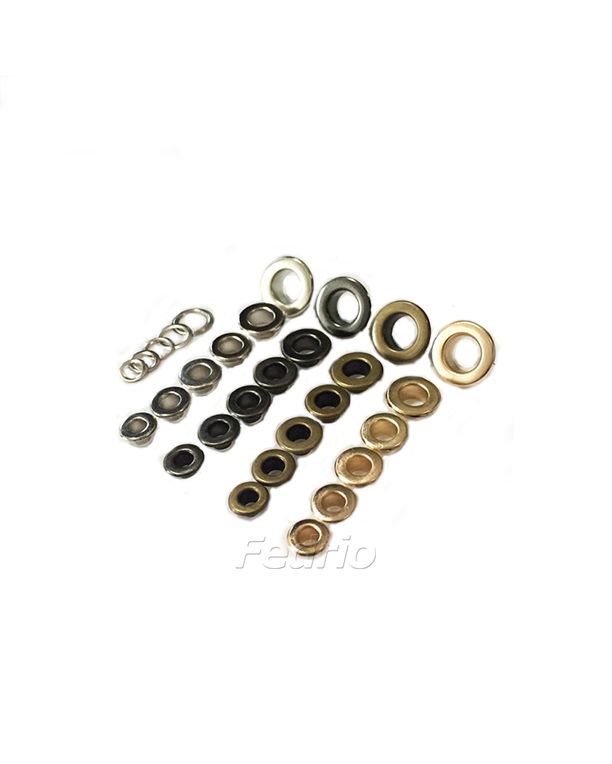
Metal eyelets are small rings that are used to reinforce or strengthen holes punched in hoodies. If your hoodie has a drawstring, there will be holes on both ends. Of course, you can reinforce the holes by stitching around them. However, the eyelet is a much simpler and more efficient method. The smooth and even surface of the metal eyelets reduces friction on the hood cord, reducing hole wear and breakage, therefore.
Cord lock
The cord lock is a simple way to adjust and secure drawstrings, cords, and other similar items. Its locking mechanism grips the drawstrings firmly. It can be in the shape of a barrel, ball, beam, or tube. These cord locks feature adjustable pull tension, making them ideal for hoodie drawstrings.
Aglet
An aglet or cord end is a small sheath that is attached to the drawstring or cord at each end. This small metal part keeps the drawstring or cord from unraveling. They are typically made of plastic or metal. These aglets are used by designers to help tighten the neck and hood of sweatshirts
Zippers
Zip-up hoodies are especially fond of zippers. In addition to being convenient for people to put on and take off, zippers can also be used for decorative details. There are three main types of zippers: metal zippers, plastic zippers, and nylon zippers, so choose the one that best suits your design.
Design a hoodie like a pro with our high-quality hoodie trims and accessories. You can buy and customize all of your hoodie trims and accessories at Pinlilabel. Some of the trims and accessories listed above are required to be fixed in the clothing, such as the main labels, but others, such as drawstrings, eyelets, metal tags, zippers, and so on, are purely decorative and can be used or not. Hope this post is helpful in designing your own unique hoodies. If you enjoyed this article, please share it with others who might also need it.
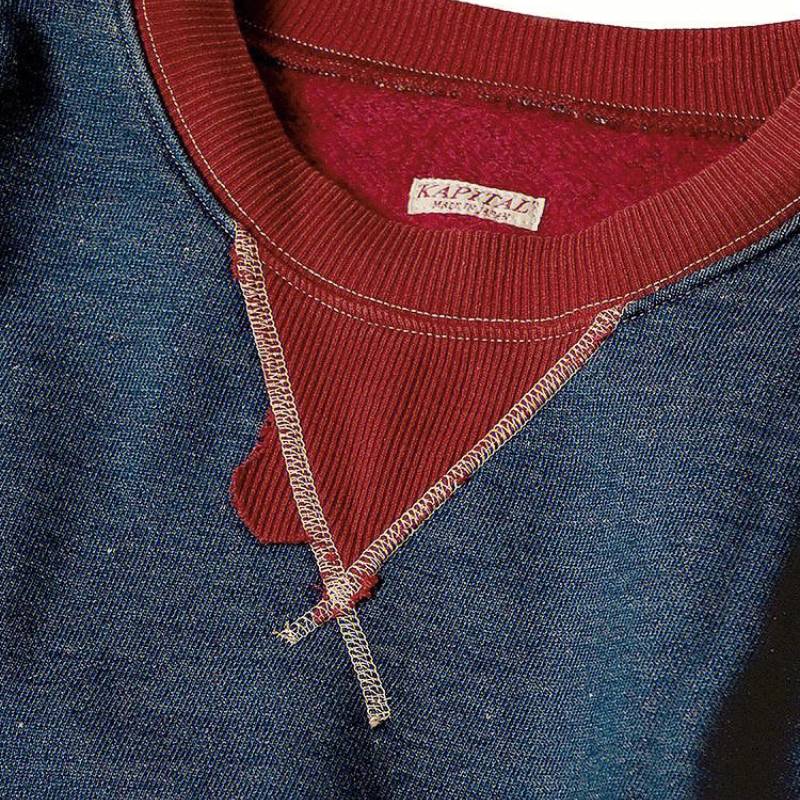
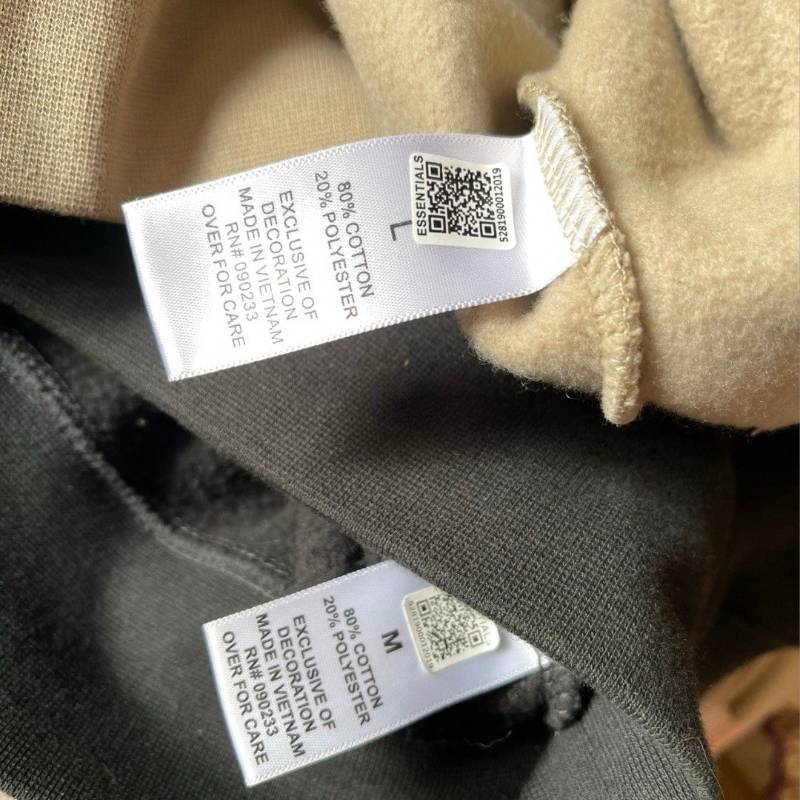
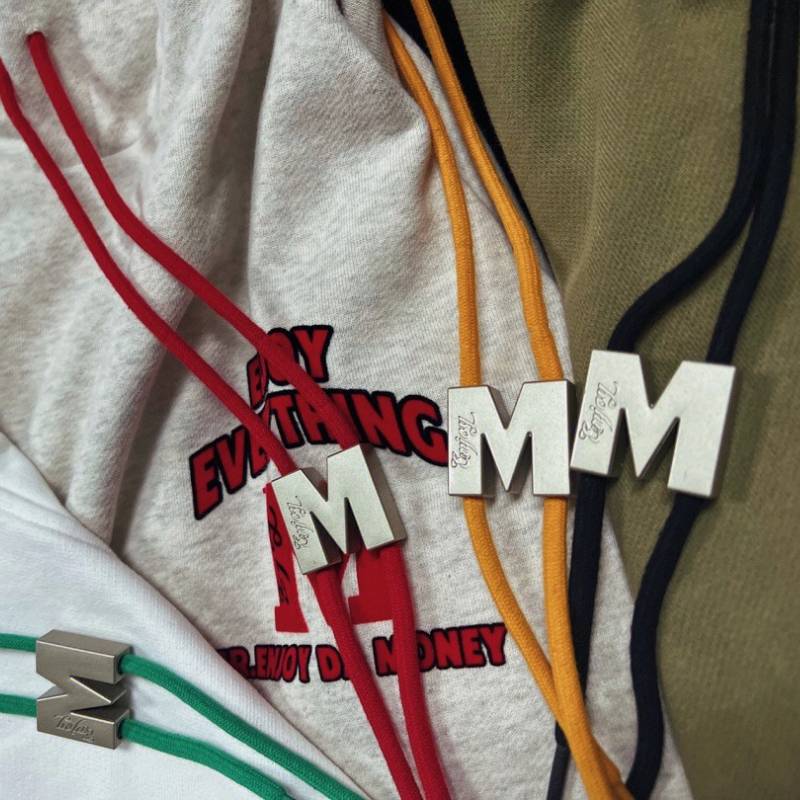
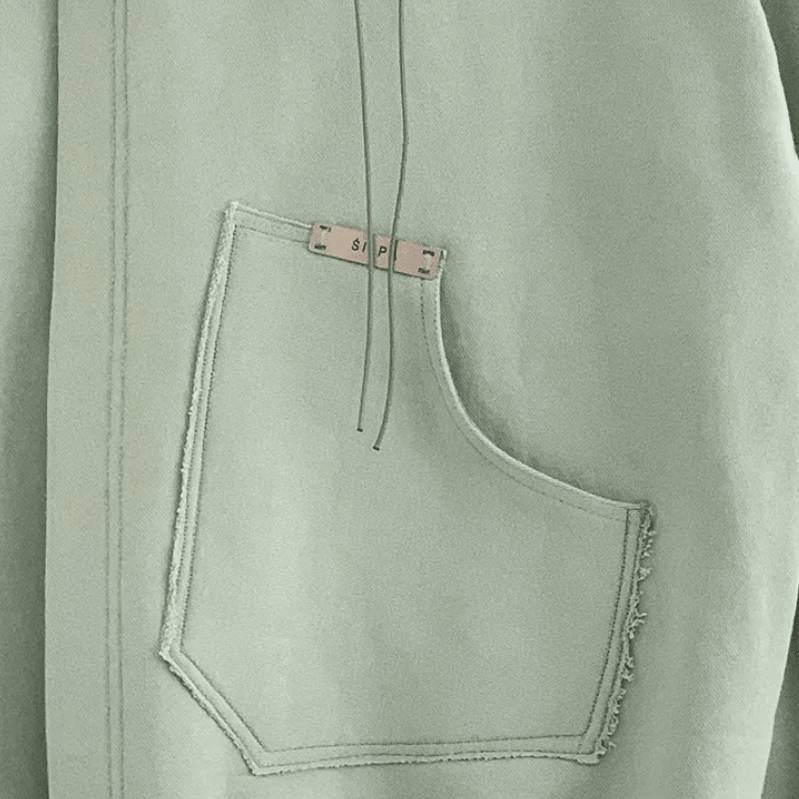
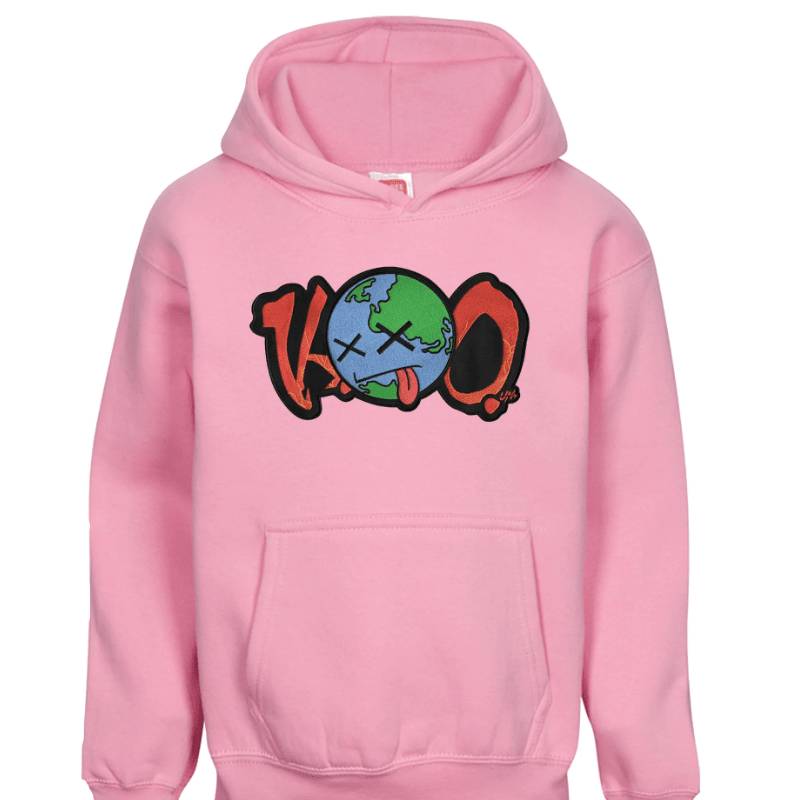
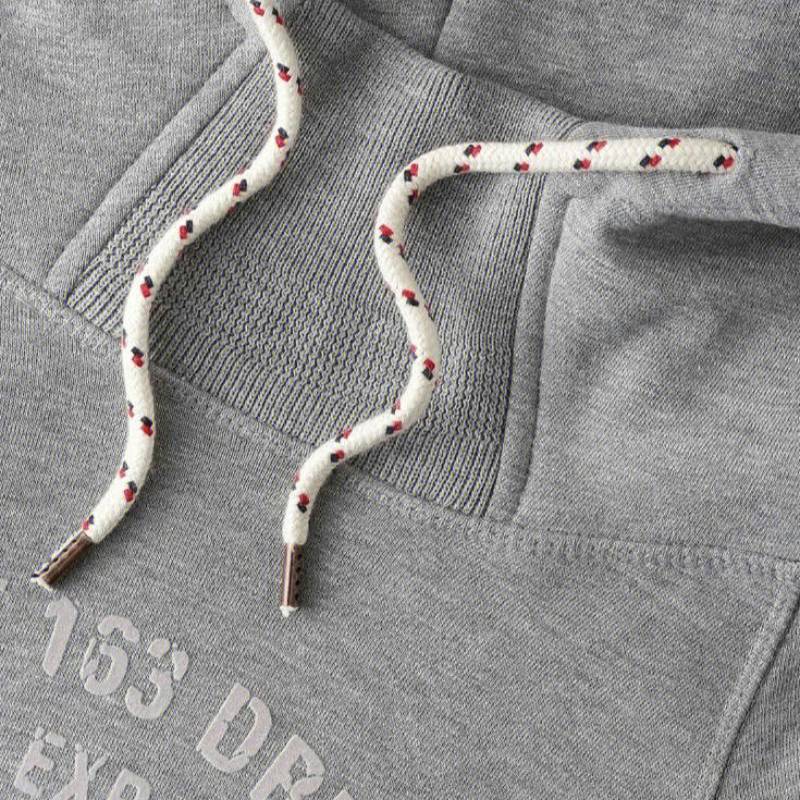
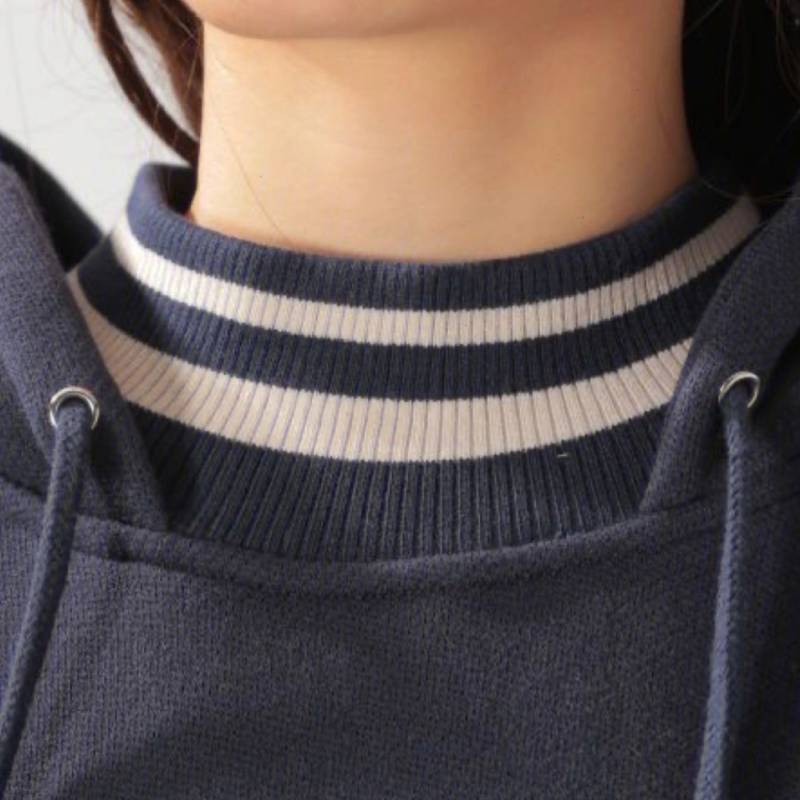
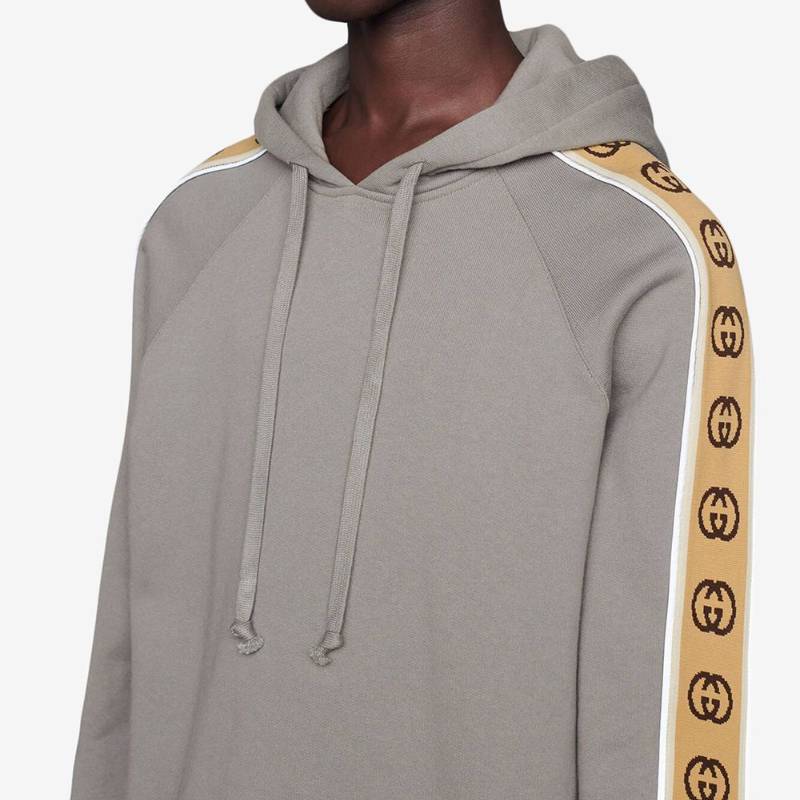
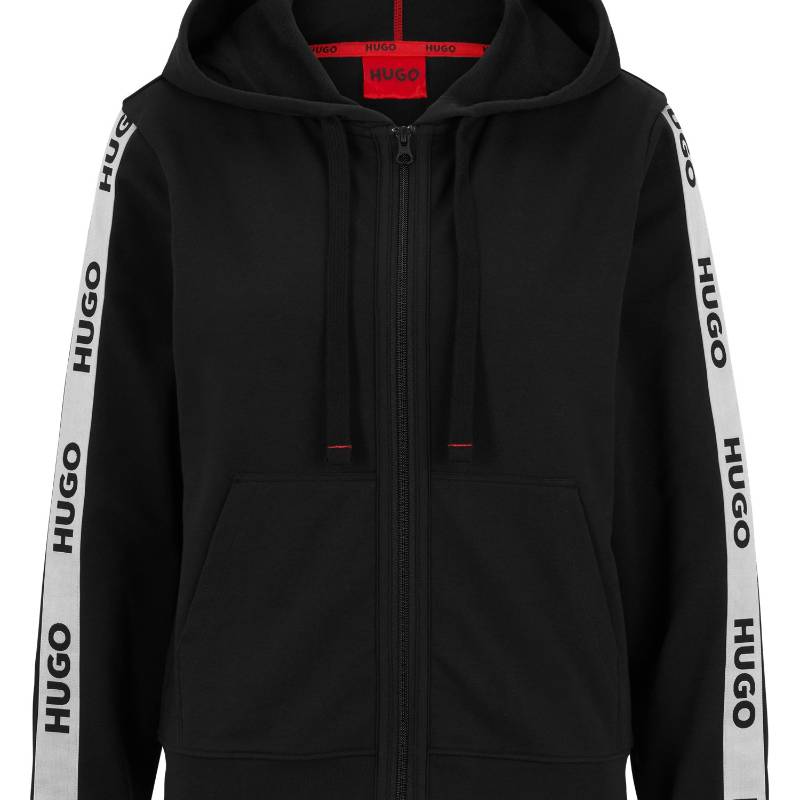
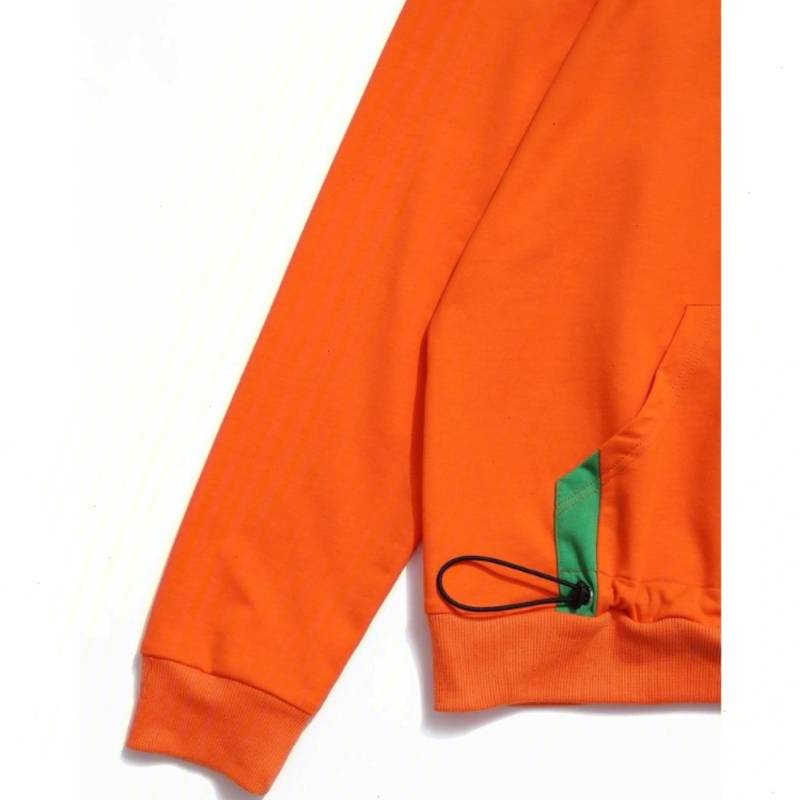

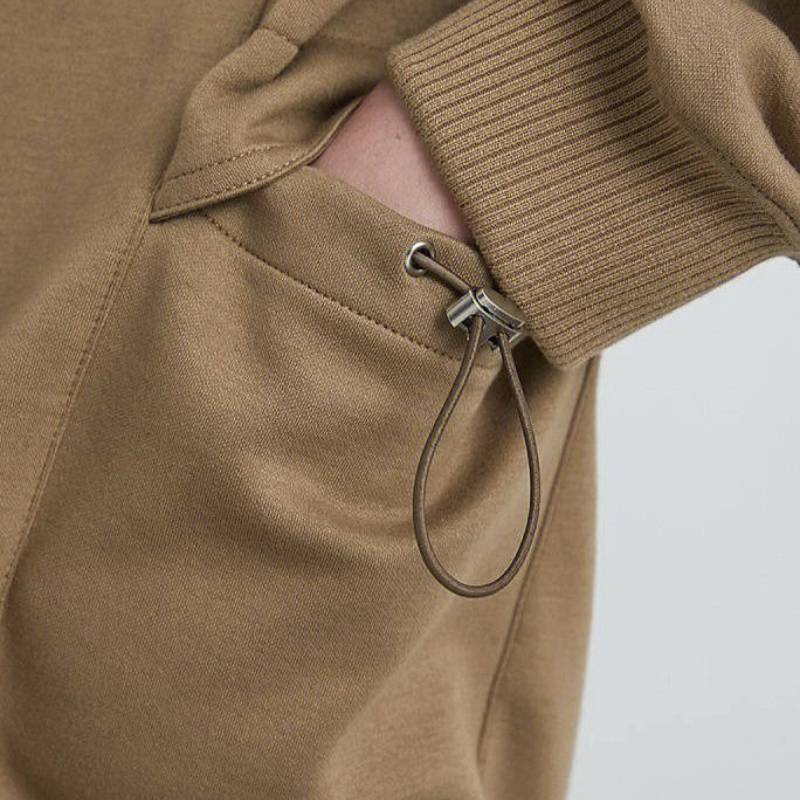
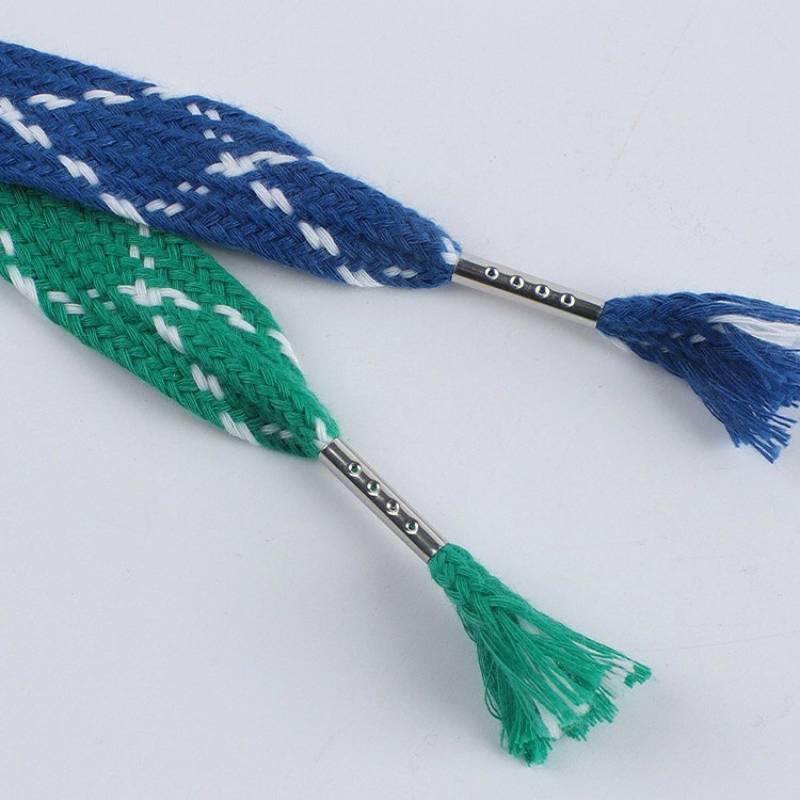
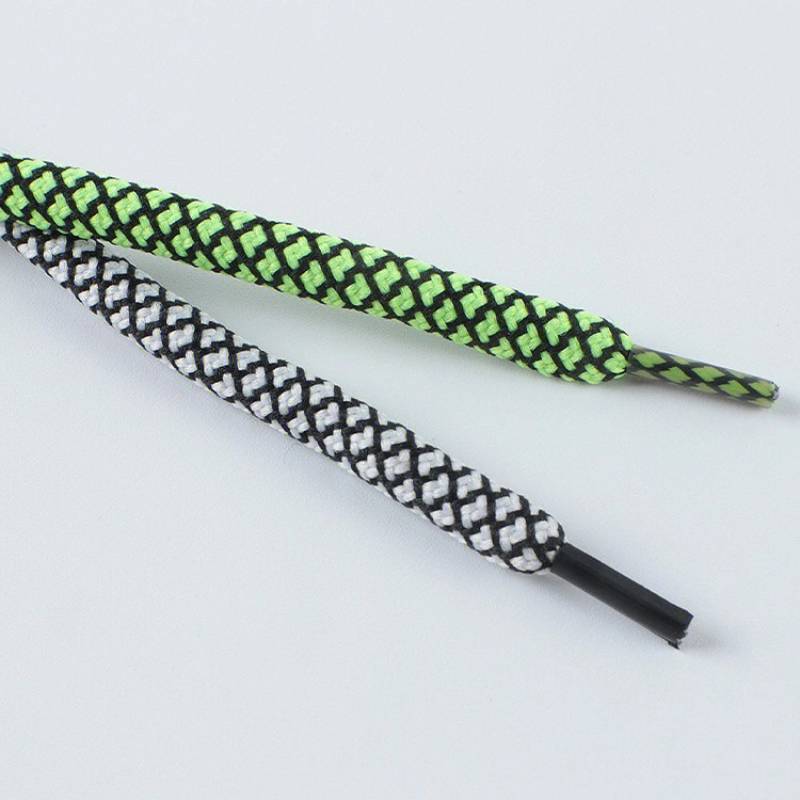
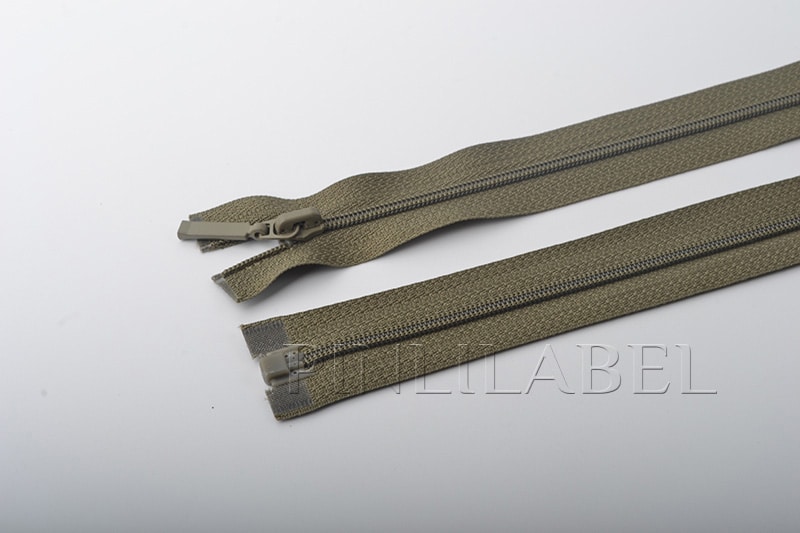
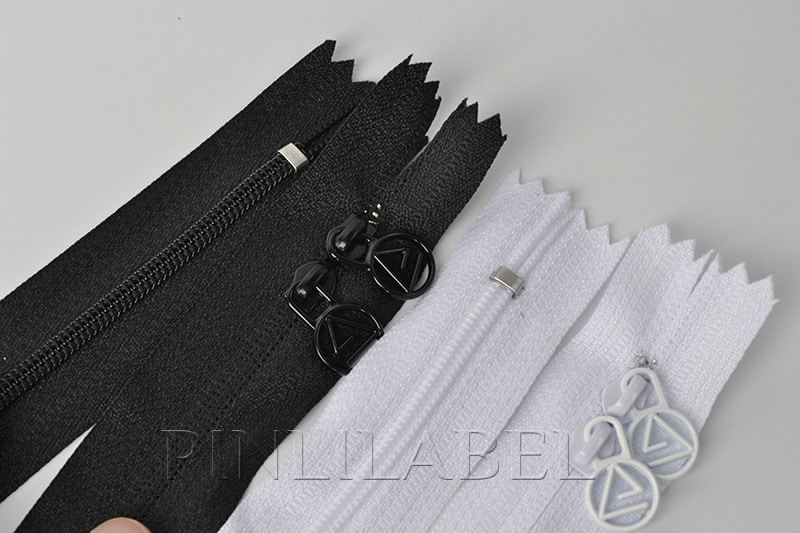
Leave a Reply